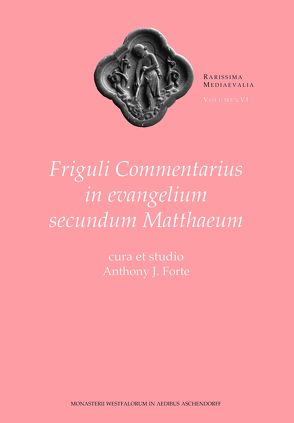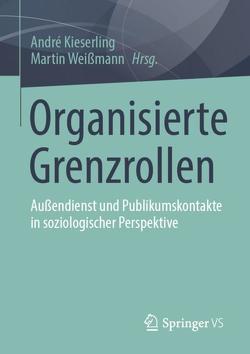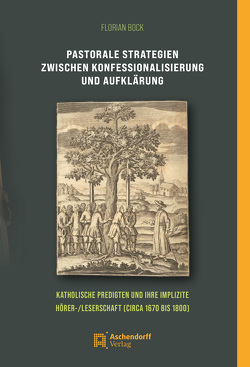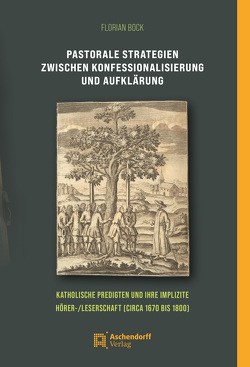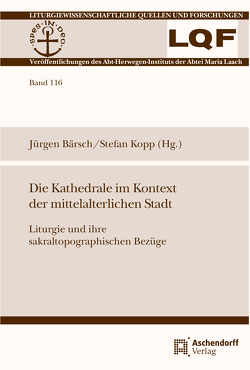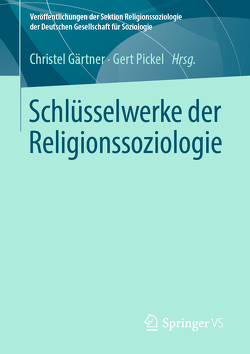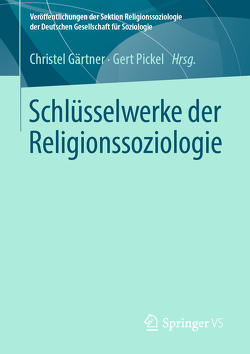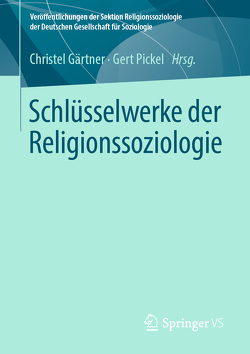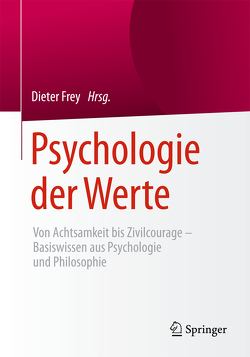Friguli Commentarius in evangelium secundum Matthaeum
Antony J. Forte
Quedlinburg 127, a Carolingian manuscript now conserved in the University Library at Halle an der Saale, preserves a copy of a commentary on the Gospel of Matthew that, according to the flyleaf, was written by a certain “Fribolus.” It is unclear who this Fribolus or Frigolus was. If the name “Friboli” is indeed that of a real person, might he be identical with the “Figulus” mentioned together with Jerome, Augustine, Gregory and Bede, by the ninth-century author Smaragdus of Saint-Mihiel in his Collectiones epistolarum et euangeliorum? In addition to these patristic authorities, other writers such as Isidore and Fortunatianus, Bishop of Aquileia, were also used by our author.
The scope of Frigulus’ commentary was to provide more than a collection of excerpts. What seems to be original is the way in which Frigulus arranged the material he appropriated from so many different authors. Not only did he transmit a well-known exegesis of the text from the patristic sources available to him, but immediately following these often literal interpretations he also provided glosses in order to give a coherent structure to his allegorical commentary. By doing this, he sought to include a short reflection on almost every element in the biblical narrative.
